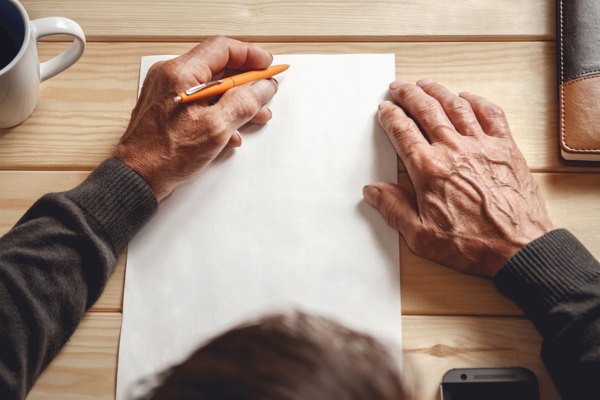Bank Accounts and the "Personal Savings Allowance"
At the moment, basic rate and higher rate taxpayers can receive, in each tax year, a certain amount of tax free "savings" interest as this falls within the "Personal Savings Allowance". Basic rate tax payers can get the first £1,000 with no tax deducted whilst higher rate taxpayers can receive £500 on the same basis. For married couples/civil partners, it is a good idea to ensure that cash in the bank is spread evenly to allow both partners to benefit from the maximum amount tax free.
For example, Bill and Brenda are both working. Bill works full time and is a higher rate tax payer, Brenda is currently working on a part time basis and pays basic rate tax. They have two different bank accounts - £100,000 in a joint account paying 1% interest per annum and £65,000 in an account held solely in Bill's name, also earning 1% per annum interest.
The joint account is treated as being owned equally so the annual interest of £1,000 is apportioned equally between them. Brenda's share (£500) is all tax free as it comes within her £1,000 per annum entitlement whilst Bill's also falls within his £500 per annum allowance.
As regards the £65,000 in Bill's sole name, he will be liable for income tax at 40% rate on the additional interest earned as he has already used his full entitlement of £500 through the joint account. It would make sense then to have this money held in Brenda's name instead as she can still get £500 of the £650 savings interest tax free whilst the balance will only be taxed at 20%.
Use up available ISA allowances
Tax free ISA investments have been around for a good while now and many people have built up large, tax free portfolios whether as cash or as stocks and shares ISAs. At the moment, everyone over the age of 16 can invest up to £20,000 in each tax year. It is very much a "use it or lose it" scenario so we always suggest people look to take advantage of it wherever possible.
Often, people forget that existing funds, whether held as cash or shares, can be changed over to an ISA basis so you don't have to introduce "new" money. If you have an Investment Trust, individual shares, or a unit trust then all of these can be converted to ISA status, at low cost.
Use up Capital Gains Tax allowances
Each tax year, an individual can make capital gains up to a set amount without having to pay Capital Gains Tax (CGT). For the tax year 2019/20, this is currently set at £12,000.
Both husband and wife and civil partners have this allowance. Assets can be transferred between spouses/civil partners without giving rise to any chargeable gains so it is a good idea to take advantage of this.
For example, Julie has £30,000 worth of shares with a gain of £15,000. Her husband George has £15,000 of shares with a gain sitting at £6,000. They are thinking of encashing them to buy a new car before the end of the tax year.
If they encash them now, Julie's gain will be in excess of her £12,000 annual allowance and as she is a higher rate tax payer, the CGT bill will be charged at 20% of £3,000 (£15,000 less £12,000). To avoid this tax bill, all she would have to do is transfer enough of her own shares to George to reduce her gain down to £12,000 and then the whole portfolio could be sold with no CGT to pay.


